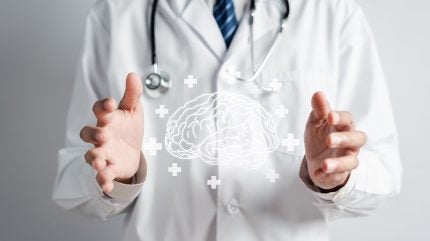
The field of neurology has seen major leaps in the last decade, with new technology offering hope for people with neurological disorders around the world. For patients beginning to show signs of muscular or neurological conditions, such as muscle weakness, numbness, or loss of fine motor skills, a doctor may order an electromyography (EMG) to better understand the cause of the symptoms.
How do EMG tests help patients?
During an EMG test, a neurologist inserts a thin needle electrode through the skin into the muscle. This needle acts as a sensor, picking up electrical activity generated by the muscle both at rest and during contraction. The data collected is then displayed on an oscilloscope and recorded for further analysis. The patterns of electrical activity observed help neurologists determine whether the muscle response is normal or indicative of a disorder.
EMG needles are essential for diagnosing a range of neuromuscular conditions. They are particularly useful in evaluating symptoms such as unexplained muscle weakness, fatigue, and cramping. For instance, in patients with suspected amyotrophic lateral sclerosis (ALS), EMG can reveal characteristic abnormalities in muscle activation, aiding in a timely and accurate diagnosis. Similarly, in cases of carpal tunnel syndrome, EMG needles help assess the median nerve’s function, providing clarity on the severity of nerve compression and guiding treatment decisions.
Advantages of EMG needles
One of the key advantages of EMG needles is their ability to provide a real-time snapshot of muscle and nerve function. This immediacy is crucial for conditions that require prompt intervention. For example, in the acute setting of a suspected peripheral nerve injury, an EMG can quickly determine the extent of nerve damage, informing surgical decisions and rehabilitation strategies. This capability to deliver immediate and precise information makes EMG needles a cornerstone of neuromuscular diagnostics.
The precision of EMG needles extends beyond diagnostics. They also play a critical role in monitoring the progression of neuromuscular diseases. Conditions such as muscular dystrophy and myasthenia gravis can be tracked over time using an EMG device. Regular assessments allow neurologists to gauge the effectiveness of treatments and adjust therapeutic approaches accordingly. This ongoing monitoring is vital for managing chronic conditions, ensuring that patients receive the most appropriate and effective care.
Another significant aspect of EMG needles is their contribution to research and the development of new therapies. By providing detailed data on muscle and nerve function, EMG studies contribute to a deeper understanding of neuromuscular physiology. This knowledge is instrumental in advancing treatments for a variety of disorders. For example, research involving EMG has been pivotal in developing novel therapies for spinal muscular atrophy, a genetic disorder that affects motor neurons.
Advancements in EMG technology
Recent advances in EMG technology have further enhanced the capabilities of these needles. Innovations such as fine-wire electrodes and high-density EMG provide even more detailed and accurate recordings of muscle activity. These advancements improve diagnostic precision and expand the range of conditions that can be assessed with EMG, from subtle nerve injuries to complex muscle disorders.
In clinical practice, the integration of EMG with other diagnostic tools, such as nerve conduction studies and imaging techniques, offers a comprehensive approach to neuromuscular evaluation. This multi-modal assessment is particularly valuable in complex cases where multiple factors may be contributing to a patient’s symptoms. By combining EMG data with other diagnostic information, neurologists can develop a more complete picture of the patient’s condition, leading to more effective and tailored treatment plans.
With its material expertise on metals and PTFE coatings and its broad range of processing capabilities, Alleima is a trusted partner in designing and developing precision components for EMG needles. Ultra-fine medical wire as thin as 7µm can be inserted into fine tubes to create an EMG needle. Alleima is a one-stop-partner for designing and manufacturing these components, providing a wide range of metals and alloys, fine wire drawing, shape-setting coatings and surface treatments among others.
To find out more about partnering with Alleima and the company’s capabilities, download the whitepaper below or visit their website.



